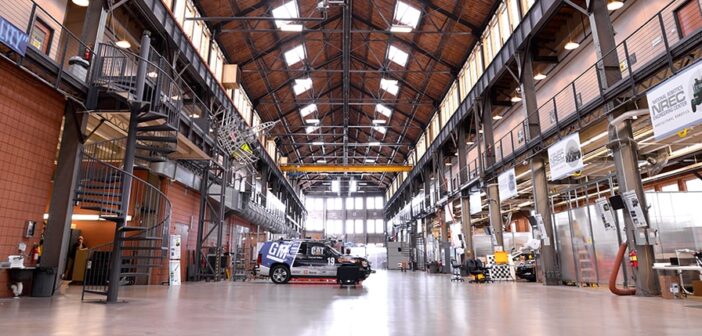The US state of Pennsylvania has proposed legislation to authorize testing and commercial deployment of autonomous vehicles (AV). The change was announced at Carnegie Mellon University’s Mill 19 facility at Hazelwood Green in Pittsburgh.
At an event marking the introduction of the legislation, CMU president Farnam Jahanian emphasized that collaboration among government, academia and industry had propelled the state’s autonomous vehicle industry forward, beginning when CMU Professor Red Whittaker built a small autonomous vehicle to aid in the clean up after the 1979 nuclear reactor meltdown at Three Mile Island near Harrisburg.
“Since that time, research and technology has grown exponentially here in Western Pennsylvania, creating an entire industry — and thousands of great jobs,” Jahanian said. “I am tremendously proud of the many CMU spin-outs or affiliated companies that are leading in this space, including Argo AI, Aurora, Locomation and Motional.
“While the economic impact of AV promises to be extraordinary, it also holds remarkable potential to enhance quality of life for citizens across the nation and contribute to solving significant societal challenges,” he continued, adding that benefits could include improvements to traffic safety and infrastructure maintenance and reductions in carbon emissions.
A recent study on the autonomous vehicle industry in the area highlighted that major regional AV firms were increasingly dependent upon testing operations outside of Pittsburgh and Pennsylvania to undertake fully autonomous testing. The state says its new legislation aims to close Pennsylvania’s gap with other states such as Texas, Florida and Arizona that have enacted measures creating a pathway to fully autonomous testing and commercial deployment.
AV organizations in Pennsylvania have been operating and testing under a policy developed in 2018 by the Pennsylvania Department of Transportation. That policy requires a person to be in the driver’s position of the vehicle at all times. The proposed legislation is similar to approaches used in other states where AVs operate accompanied by lead and trailing vehicles with human drivers and safety control technologies.


